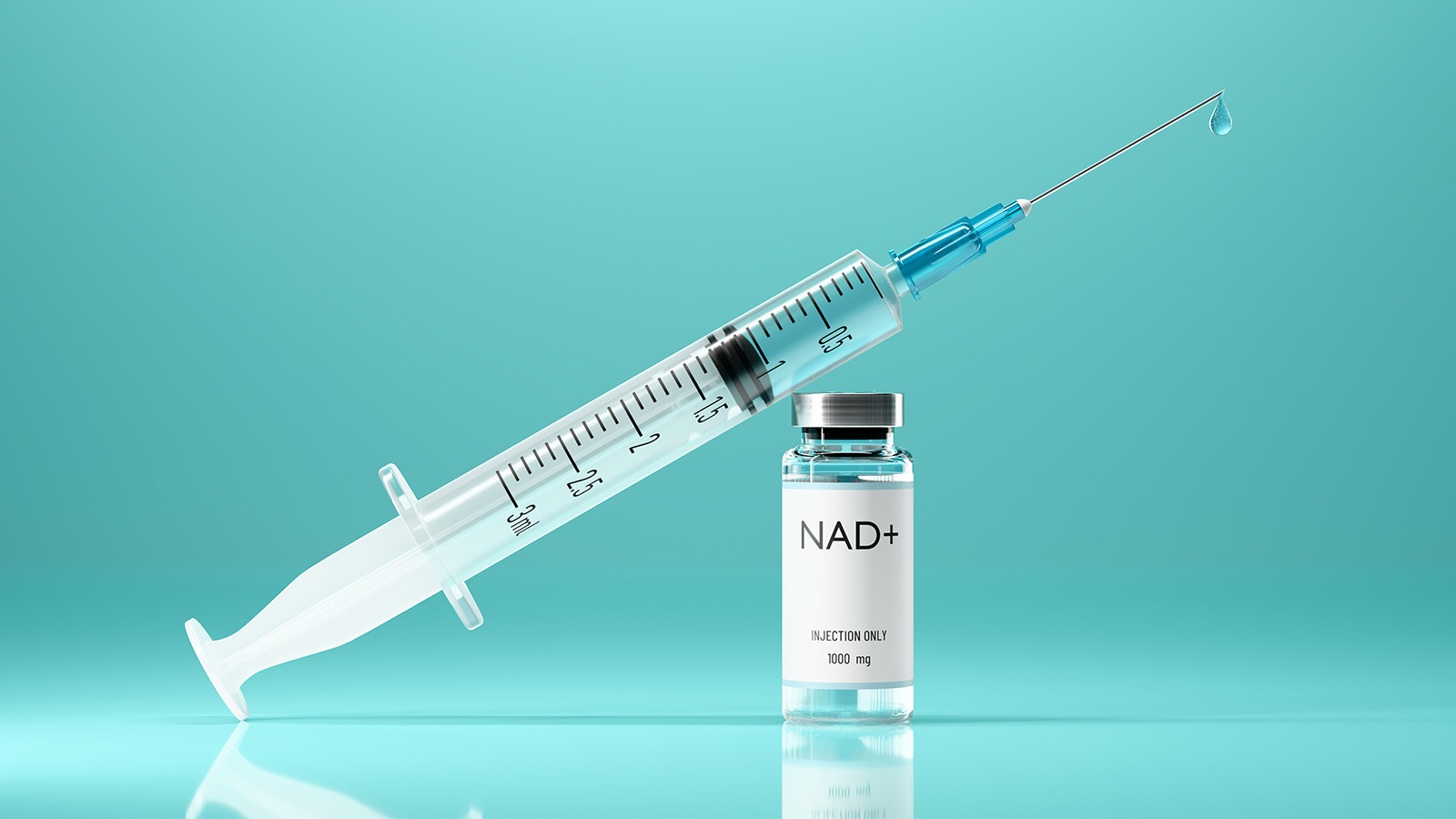By Daniel Casciato | August 15, 2025
In today’s healthcare environment, patient-centered care is no longer just a buzzword; it’s a necessity. As personalized medicine and preventative health take center stage, the demand for customized compounded sterile preparations is surging. But while the need is growing, so is the confusion, especially when it comes to understanding the differences between 503A compounding pharmacies and 503B outsourcing facilities.
And that confusion isn’t limited to the public. Many healthcare professionals, who write prescriptions, run clinics, and manage patient treatment plans, still have only a vague understanding of the role 503B facilities play in modern medicine.
Kurt Lunkwitz, COO at ProRx Pharma, has made it his mission to set the record straight. ProRx, a leading health and wellness 503B outsourcing facility, serves as a trusted compounding partner for clinics, surgical centers, and integrative medical groups nationwide. With decades of experience across clinical health, pharmacy, and the wellness sector, Lunkwitz says the misconceptions around 503Bs can directly impact patient care and safety.
“Many providers don’t realize that a large variety of the same products compounded in the 503A space can also be compounded in the 503B space,” Lunkwitz explains. “But in 503B, they’re subject to much stricter standards and testing requirements. Once a provider understands those standards, I believe they’d make 503B their first choice.”
Clearing the Confusion: 503A vs. 503B
To understand the role of 503B outsourcing facilities, it’s important to first break down the distinction between the two main categories of compounding in the U.S.:
- 503A compounding pharmacies prepare patient-specific prescriptions. They operate under state boards of pharmacy, focusing on individualized needs, but are restricted by batch sizes and shipping locations.
- 503B outsourcing facilities are FDA-registered and must comply with current good manufacturing practices (CGMP), the same standards applied to large pharmaceutical manufacturers. They can produce larger batches of sterile compounded medications without a patient-specific prescription, allowing them to supply hospitals, clinics, and physician offices directly.
For years, 503Bs were underutilized in health and wellness settings, partly due to a lack of awareness.
“If a provider has only ever worked with a 503A pharmacy, they may not realize that 503B facilities can supply many of the same medications—with longer beyond-use dating, higher quality controls, and the ability to deliver in bulk directly to their practice,” Lunkwitz says.
This is particularly relevant for clinics managing high patient volumes, multi-location practices, and surgical centers that require a consistent, readily available supply of sterile medications.
The GLP-1 Effect: Spotlight on 503B Outsourcing
If there’s one event that brought 503B outsourcing facilities into the spotlight, it was the recent surge and subsequent shortage of GLP-1 medications. Initially developed for diabetes management but now widely prescribed for weight management, GLP-1s saw an unprecedented spike in demand.
When products became scarce, 503B facilities stepped in to fill the gap, legally compounding versions of the medications from the FDA’s shortage list.
“The GLP-1 shortage brought a huge spotlight to our industry,” Lunkwitz notes. “We have two critical roles: first, filling shortage gaps for medications of medical necessity that aren’t available. Second, compounding medications from the bulk list with the same strict testing and SOP requirements. These became the most desired products in the market—by physicians and by patients—because of their quality and longer shelf life.”
Longer beyond-use dating (BUD) is one of the most tangible advantages for providers and patients. While a 503A-compounded vial might have a BUD of 30–60 days, the same medication from a 503B facility could have a BUD of 180-365 days due to having gone through extensive third-party testing to qualify. This reduces waste, eases inventory management, and allows patients greater flexibility in treatment.
Lunkwitz believes the GLP-1 spotlight did more than meet an immediate need—it educated an entire sector of healthcare about what 503B facilities can offer.
A Strategic Partner, Not a Last Resort
One of the most persistent myths Lunkwitz works to dispel is that 503Bs are a “fallback” when other options aren’t available. In reality, they can, and should, be a first-line strategic partner.
The difference lies in scale, capability, and efficiency. 503B outsourcing facilities are designed for high-volume, sterile production under tightly controlled conditions. This allows them to serve organizations that need to maintain stock on-site and ensure uninterrupted patient care.
“A 503B can ship a bulk supply of medication directly to a clinic for on-site use or prescription,” Lunkwitz says. “This streamlines in-office procedures and eliminates the delays of shipping individual prescriptions to patients’ homes, something typical of 503A operations.”
This model supports new business efficiencies for providers. Multi-location practices can centralize ordering and distribution. Surgical centers can reduce downtime due to medication shortages. Integrative health and wellness clinics can keep treatment plans on track without waiting for refill shipments.
It’s a model built for today’s patient-centered healthcare, where convenience, consistency, and quality aren’t optional; they’re expected.
Regulatory Rigor: Why 503B Means Higher Standards
If there’s a single factor that sets 503B outsourcing facilities apart, it’s the level of regulatory scrutiny they face. Unlike 503A pharmacies, which operate under state pharmacy boards, 503Bs must meet CGMP and are regulated by the FDA.
CGMP oversight governs every step of the process, from the design and maintenance of facilities to the validation of equipment, environmental monitoring, and raw material testing.
“It’s start-to-finish quality control,” Lunkwitz explains. “CGMP ensures medications are consistently produced and controlled according to the highest standards. That includes testing active pharmaceutical ingredients (APIs) and excipients, following rigorous rules and regulations set by the CFR 211 which was established by the FDA to ensure that finished pharmaceuticals are consistently produced to the highest standards of quality and safety, and maintaining extensive employee training programs.”
For providers, this means peace of mind that the medications they’re administering have been produced in an environment designed to minimize risk, contamination, and variability. For patients, it translates to greater safety, consistent efficacy, and improved outcomes.
“There should be no hesitation,” Lunkwitz says. “If a provider is most concerned about quality, patient safety, and efficacy, the choice should be 503B.”
Looking Ahead: The Future of 503B in Health and Wellness
The intersection of compounding and longevity medicine is where Lunkwitz sees some of the most exciting growth ahead. What was once a niche, referral-only market is now accessible to patients nationwide, whether they live in a major metropolitan area or a rural community without a local specialist.
“What used to be a small niche industry, available only if you knew the right provider, has gone mass market,” Lunkwitz says. “Today, whether you live in an urban area or 25 miles from the nearest clinic, you can have access to the same quality medications and programs.”
The growth of telemedicine and integrative care models will only accelerate this accessibility, and 503B facilities are positioned to be a cornerstone of that expansion.
ProRx Pharma itself is an example of that growth. When the company was acquired in late 2024, it had just three employees. Today, it employs more than 30 and has doubled its operational footprint, with plans for further expansion.
“We’ve built a strategic team with deep business and pharmaceutical expertise,” Lunkwitz says. “Our goal is to set the standard for what a modern 503B outsourcing facility should be.”
With increasing awareness, more stringent quality demands, and a healthcare system that values both efficiency and patient safety, the role of 503B outsourcing facilities is only set to grow. And if Lunkwitz has his way, fewer providers will see them as a backup plan—and more will see them for what they truly are: a proactive, strategic partner in delivering the highest quality care possible.








